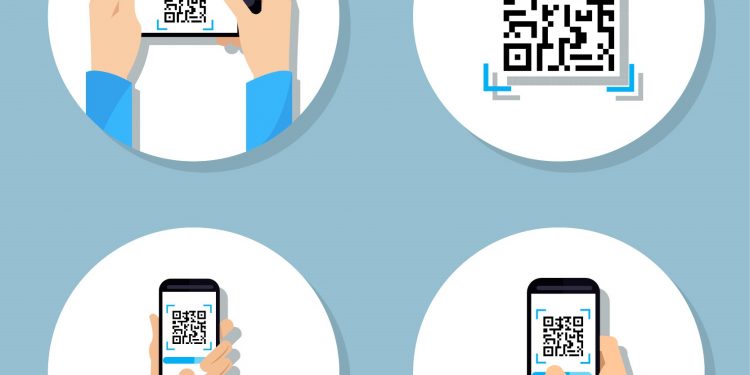If you are familiar with mega-apps Alipay and WeChat Pay, then you likely know that their payment capability is based on QR codes. A QR code representing the merchant is displayed, the customer scans the QR code with their mobile phone, puts in the amount they owe and the transaction is complete.
One of the features that have led to the explosive growth of this payment method is the ability for even the smallest merchant to get a QR code, print it out and be ready to accept payments immediately No hardware required.
(There are also solutions where the consumer will present a QR code to the merchant that represents their account information. The merchant scans the QR code on the consumer’s phone to complete the transaction.)
PayPal announced that they will begin to offer this type of solution in many countries, including the U.S. Not only will this enable more merchants to accept non-cash payments, but it has the added benefit of creating a contact-free exchange between merchants and consumers which is certainly on everyone’s mind these days.
Here’s an excerpt from Nasdaq on PayPal’s announcement:
PayPal(NASDAQ: PYPL) announced on Tuesday that it has rolled out QR codes within the PayPal app in 28 markets around the world, permitting buy or sell transactions “in a health-conscious, safe, and secure way,” thereby helping both merchants and customers adhere to social-distancing guidelines. John Kunze, senior vice president of branded experiences, acknowledged that the company has experienced a surge in demand for digital payments that included “new and safe solutions for in-person environments and situations.”
“Our rollout of QR codes for buyers and sellers incorporates the safety, security, and convenience of using PayPal in person and enables ongoing social distancing requirements and safety preferences for in-person commerce,” Kunze said.
Overview provided by Sarah Grotta, Director, Debit and Alternative Products Advisory Service at Mercator Advisory Group.











